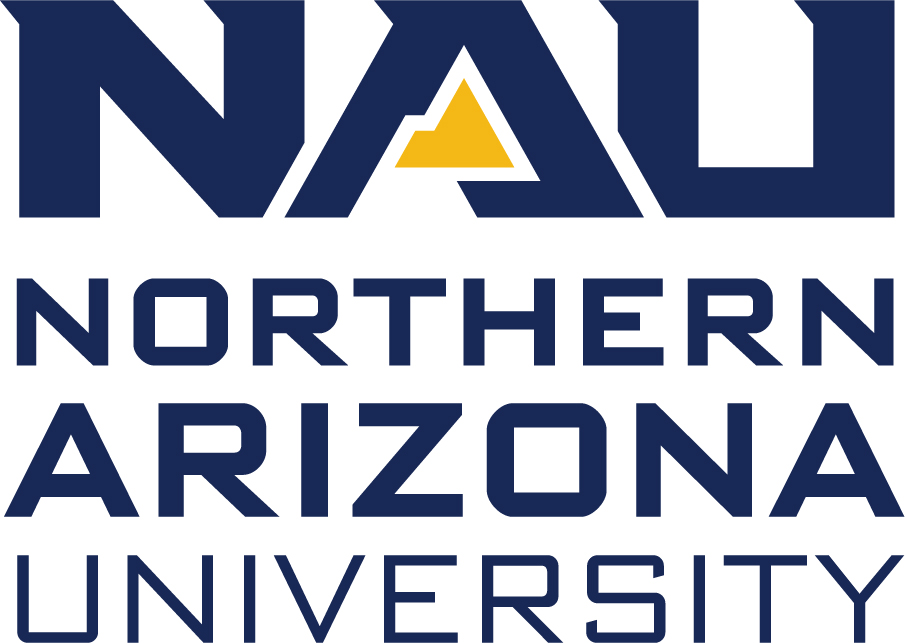Newswise — How do we make autonomous cars safer?
That question, which is critical as self-driving cars are increasingly found on American roads, is just one that NAU researcher Truong Nghiem hopes to answer with a new project that looks at ways to integrate machine learning and physical principles into large-scale cyber-physical systems.
Nghiem, an assistant professor in the School of Informatics, Computing, and Cyber Systems, received an NSF CAREER grant for this project, which aims to develop a comprehensive and flexible framework for effective and efficient machine learning with physical constraints, which can fundamentally change how we apply machine learning to complex systems like smart energy systems, industrial automation systems and autonomous robots and cars. The CAREER award is the National Science Foundation’s most prestigious award for early-career faculty.
“A critical challenge is how to guarantee the performance and safety of these systems, as they are typically performance- and/or safety-critical, where any failure could have devastating consequences,” Nghiem said. “Our approach is to tightly integrate machine learning and physical principles. The framework developed in this project will be a foundation for such an integration and will be a stepping stone toward solving the challenge. It will help make future autonomous cyber-physical systems reliable and safe.”
The evolution of machine learning in cyber-physical systems
A cyber-physical system (CPS) is an engineered system that is built from, and depends on, seamless integration of computational and physical components. They are the foundation of many modern engineering systems that make up our daily life, including cars, robots, medical devices, power grids and more, and they are becoming even more common as our lives become more automated.
Many of these systems employ machine learning and, increasingly, artificial intelligence. However, machine learning, which isn’t always informed by physics, doesn’t always provide the best way to “teach” these systems. Nghiem’s research focuses on physics-informed machine learning (PIML), which is capable of developing methods that seamlessly embed knowledge of a physical system into machine learning, leading to robust, accurate and consistent models.
In autonomous cars, rovers, drones and similar systems, that means fewer system errors and a safer experience for the vehicle and nearby people. However, current PIML methods are functionally too small to meet those needs.
The building blocks of 21st-century industry
Enter composite physics-informed machine learning, or CPIML. Nghiem’s project aims to advance the data-driven learning of complex, large-scale systems by synthesizing many PIML and physical component models—it’s the physics equivalent of LEGO blocks that can be put together to build much larger, more complex models, with each block being an already-developed model or piece of machine learning.
This groundbreaking solution will require integrating the cyber world (machine learning, AI and computing) and the physical world (dynamic and control systems) in engineered systems, so that each world is aware of and can integrate with the other. The result will be a safer world through which people move.
“Smart and autonomous cyber-physical systems will tremendously impact our lives in the near future,” Nghiem said. “Our productivity will substantially increase with autonomous helper robots, advanced industrial automation (Industry 4.0) and many autonomous systems in our work and personal life. Our energy infrastructures will be more efficient and reliable, and our transportation will be safer and faster. These all depend on modern technologies, including cyber-physical systems and recent advancements in machine learning and AI.”
Nghiem’s research will also offer valuable opportunities for graduate and undergraduate students to engage in software development and real-world applications.
